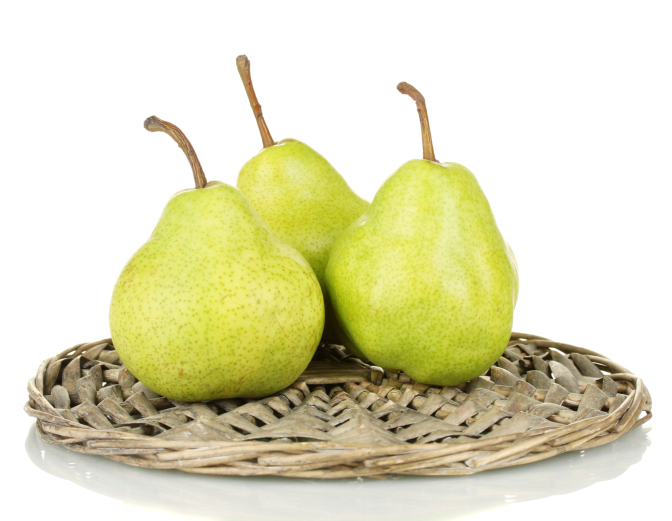
Getting enough fiber in your diet can cut your risk for heart disease, improve your health, and help dieting success in a number of ways. Yet many of us cringe as we visualize a diet full of dry fiber foods like crackers or wheat bran.
This is a common misconception, says registered dietitian Brie Turner-McGrievy, Ph.D., R.D., of the University of North Carolina at Chapel Hill. A lot of people have no idea how to incorporate fiber-rich foods into their diet. They immediately think of whole wheat bread, fiber crackers, or powdered fiber mixed with water as a staple of a high-fiber diet.
“When I tell people to increase fiber, their first response is usually, ‘What fiber supplement should I take?’” says Dr. Turner-McGrievy. While supplements may occasionally be necessary, it’s best to start by incorporating more fiber-rich foods into your diet.
The good news is that many fiber-rich foods are as delicious as they are nutritious. You’ll find that your diet will become more plant-based over time and newly-enhanced with a variety of flavors. Here are 10 of the best natural sources to add more fiber to your diet:
Artichokes. Few fiber-rich foods are more fun to eat than artichokes, and this veggie treat provides you with about 7 grams of fiber.
Pears. Sweet, juicy pears rank high up on the list of surprisingly fiber-rich foods, ranging between 4.4 and 5.5 grams depending on the type of pear.
Berries. Blackberries and raspberries weigh in at 4 grams of fiber per serving and can be very tasty as a topping to breakfast cereal, as a stand-alone dessert, or as a simple, refreshing snack.
Mixed veggies. One-half cup of cooked vegetables delivers about 4 grams of fiber.
Cocoa powder. If you like to make your own hot chocolate, 2 tablespoons of unsweetened cocoa powder in a one-cup serving equals about 4 grams of fiber.
Sweet potato. Cooked with its skin on, a sweet potato serves up 3.8 grams of fiber. You can also get this fiber by baking sweet potato fries, a great alternative to traditional French fries.
Dried figs. These sweet, slightly-chewy treats give you about 3.7 grams of fiber per serving.
Pumpkin. A half-cup of canned pumpkin has about 3.6 grams of fiber. It’s a great ingredient in pies and breads. It also helps thicken stews and soups.
Almonds. These nuts have a number of health benefits, including a relatively high fiber content – 3.5 grams of fiber per serving.
Peas. The common green pea served as a side dish or added to stews and casseroles provides 2.5 to 3.5 grams of fiber per serving. Split peas, commonly used in pea soup, have as much as 8 grams per serving.
Of course prunes, beans, legumes, bran, bulgur wheat, and yes, those fiber crackers – are all high-fiber foods and can be a part of a healthy high-fiber diet. But for diversity and taste, you can change it up with these additions. The more variety you have in your diet, the healthier it will be overall.
Here’s an added tip to get more fiber from everyday foods you eat: Opt for the least amount of processing as possible, and eat foods in their natural state. For example, apple juice may be refreshing, but if you want fiber, eating a whole apple instead will net you 3.6 grams of it, says Turner-McGrievy.
Remember that every little bit of fiber you can add to your daily meals and snacks counts.









